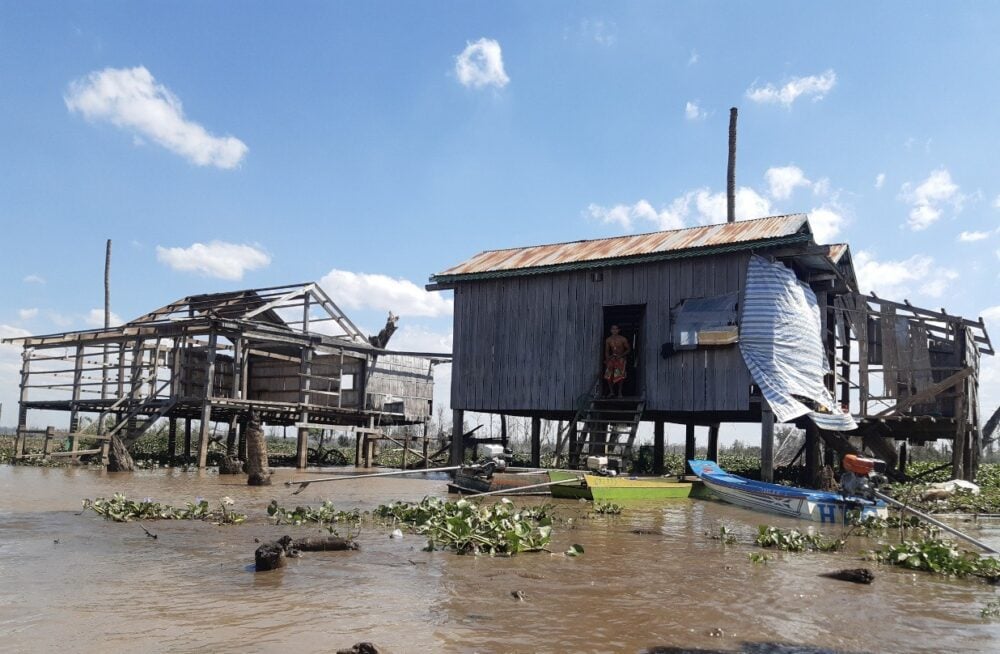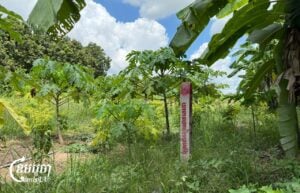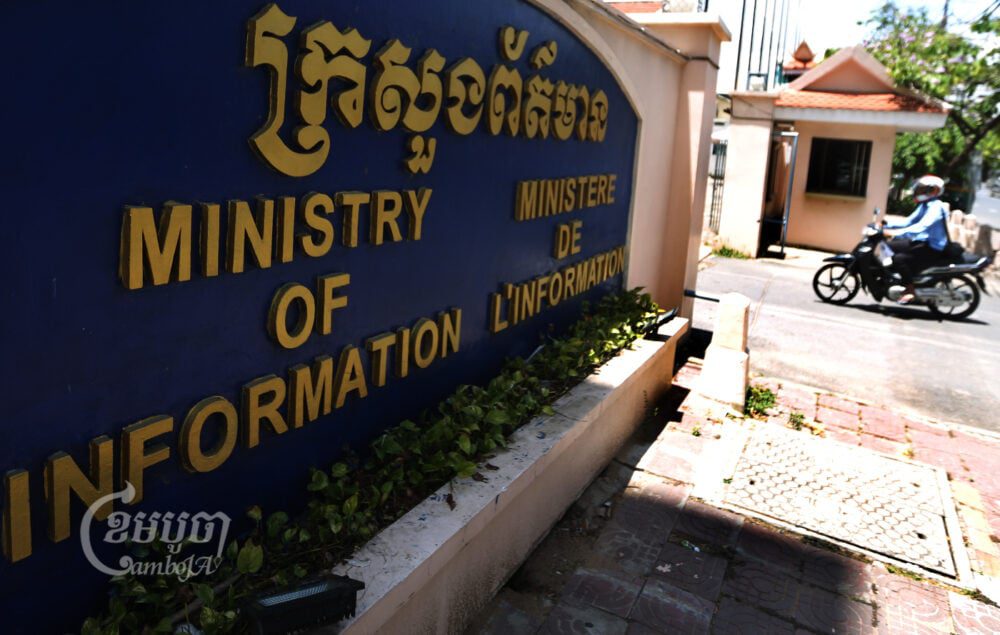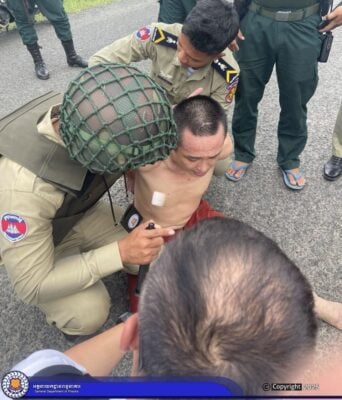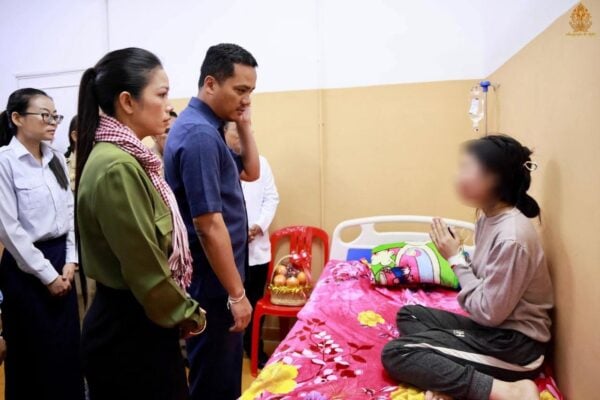Some 40 indigenous people celebrated World Environment Day, while calling on the authorities and stakeholders to address an unresolved compensation demand lasting nearly 10 years.
It has affected residents who refused to relocate following the construction of the controversial Lower Sesan II hydropower dam. Officials said no further compensation will be offered.
But some 90 families of the former villages of Kbal Romeas and Sre Kor, who had been refusing to move to the resettlement site after the dam inundated their home in 2017, drove them to seek shelter a few kilometers away on higher ground just above the reservoir.
Srang Lanh, 47, sub-village chief of Kbal Romeas and community leader for the land registration process, said they are still struggling without compensation.
“We continue to demand compensation as they have yet to resolve the issue. We submitted a petition and held discussions with them, but they have not responded,” Lanh said at the event.
The community is demanding compensation for damaged homes, and destroyed crops and ancestral burial sites, she added.
The community is also urging the authorities to expedite the registration of over 2,000 hectares of communal land used for rotational farming by indigenous people in Sesan district, Stung Treng province.
However, the authorities have allegedly delayed the process, citing overlapping claims by private individuals and companies.
“They always give excuses but we still demand. The government took our land away and gave it to the company. Our community never agreed to it,” Lanh said.
She added that the community originally proposed the registration of 7,000 hectares, but the authorities reduced the amount, allocating part of it to the company.

The Ministry of Agriculture, Forestry and Fisheries granted 10,000 hectares of land as concession to Siv Guek Investment to establish a rubber plantation. Siv Guek was later purchased by Chinese company Huayue, which maintained the land concession and rubber plantation.
The dam, an $816 million, 400-megawatt joint venture between Cambodian, Chinese and Vietnamese entities which began operating in 2018, displaced close to 5,000 people, and permanently altered a broad swath of rural watershed inhabited by Bunong, Kuoy, Lao, Jarai, Kreung and Tampuon ethnic and indigenous minorities.
Stung Treng provincial deputy administration Men Kung said there will be no further compensation as it was paid in 2023, noting that residents “chose to live in the area they wanted”.
“It [compensation and resettlement] has already been [resolved] as during the process, they requested to remain in their old village [the original site] rather than resettle in the site that was provided. If they insist on staying on old sites, then no further compensation will be offered,” Kung said.
There were around 70 families initially, but now there are new families following the separation, he added.
Regarding the collective land title registration, he mentioned that it cannot be executed due to the fact that their request overlaps with land used by others or are within the economic land concession controlled by a company.
The land title registration process can only proceed if all parties reach an agreement, and in areas where there are no land disputes or overlaps.
Leang Bunleap, 3S Rivers Protection Network executive director, said the “top-down approach” of hydropower dam development policy, especially the Lower Sesan II project, was proposed by the government and implemented by line ministries and sub-national authorities that “ignored the needs of local communities”.
“I think the government wants to present the Lower Sesan II as a model dam. They want to force people to accept the compensation,” he said.
“Authorities followed the orders of their superiors. Whatever their bosses say or instruct, they follow, instead of listening to the needs of the communities,” Bunleap said.
“If I was a government official, I would be happy to let people remain near the dam or reservoir, especially since they use their own resources to build homes and infrastructure rather than force them to relocate,” he remarked.


